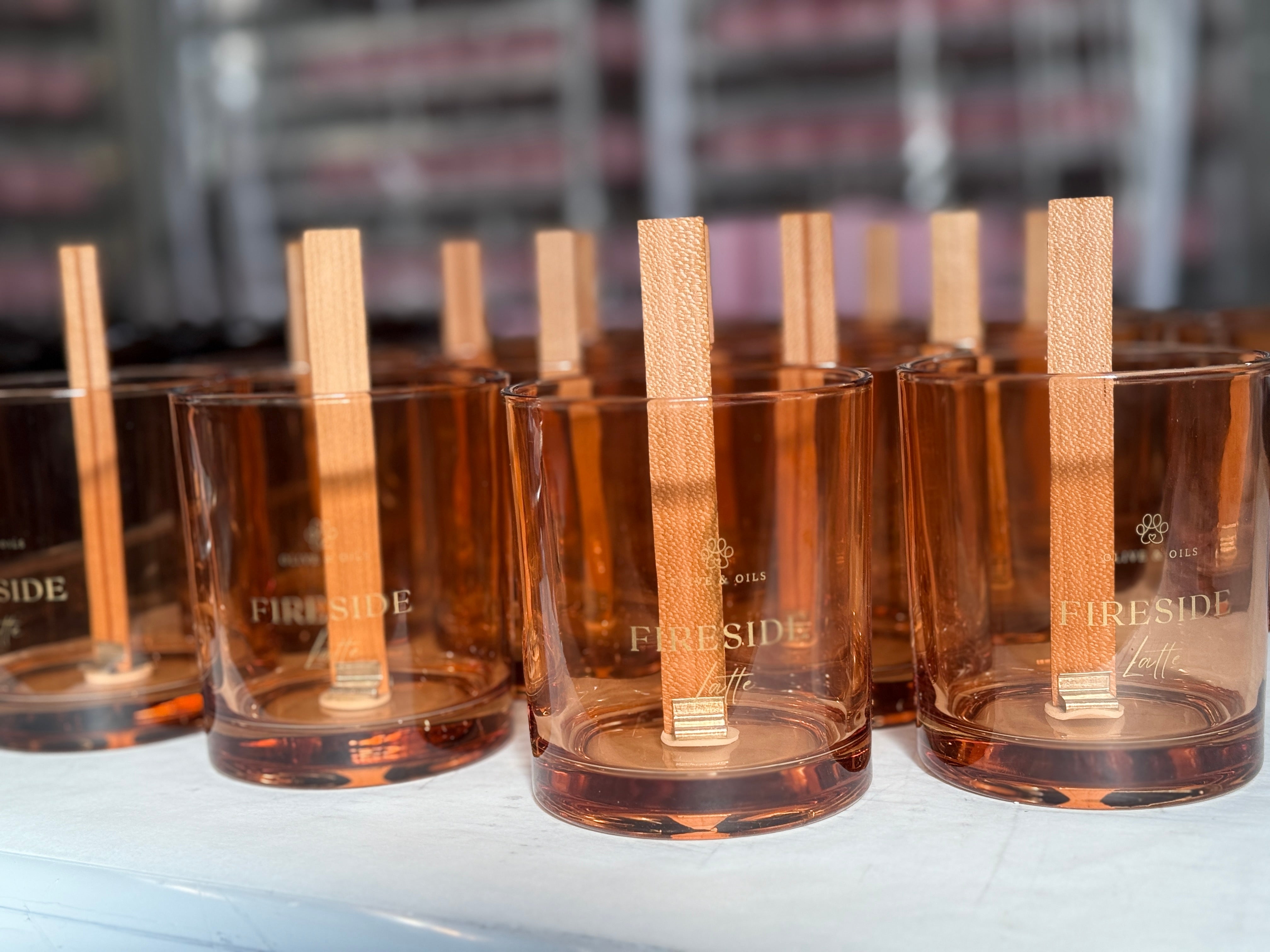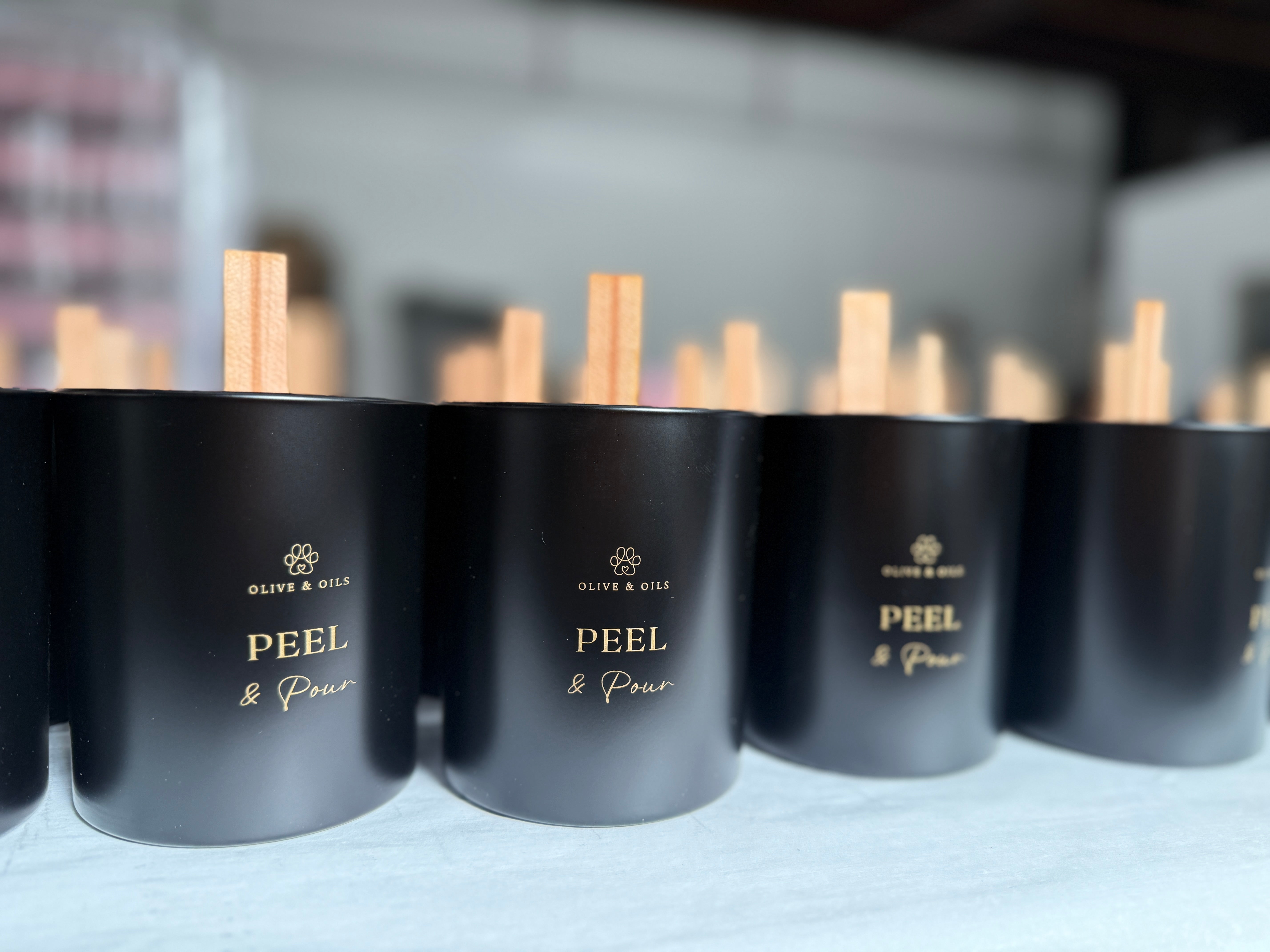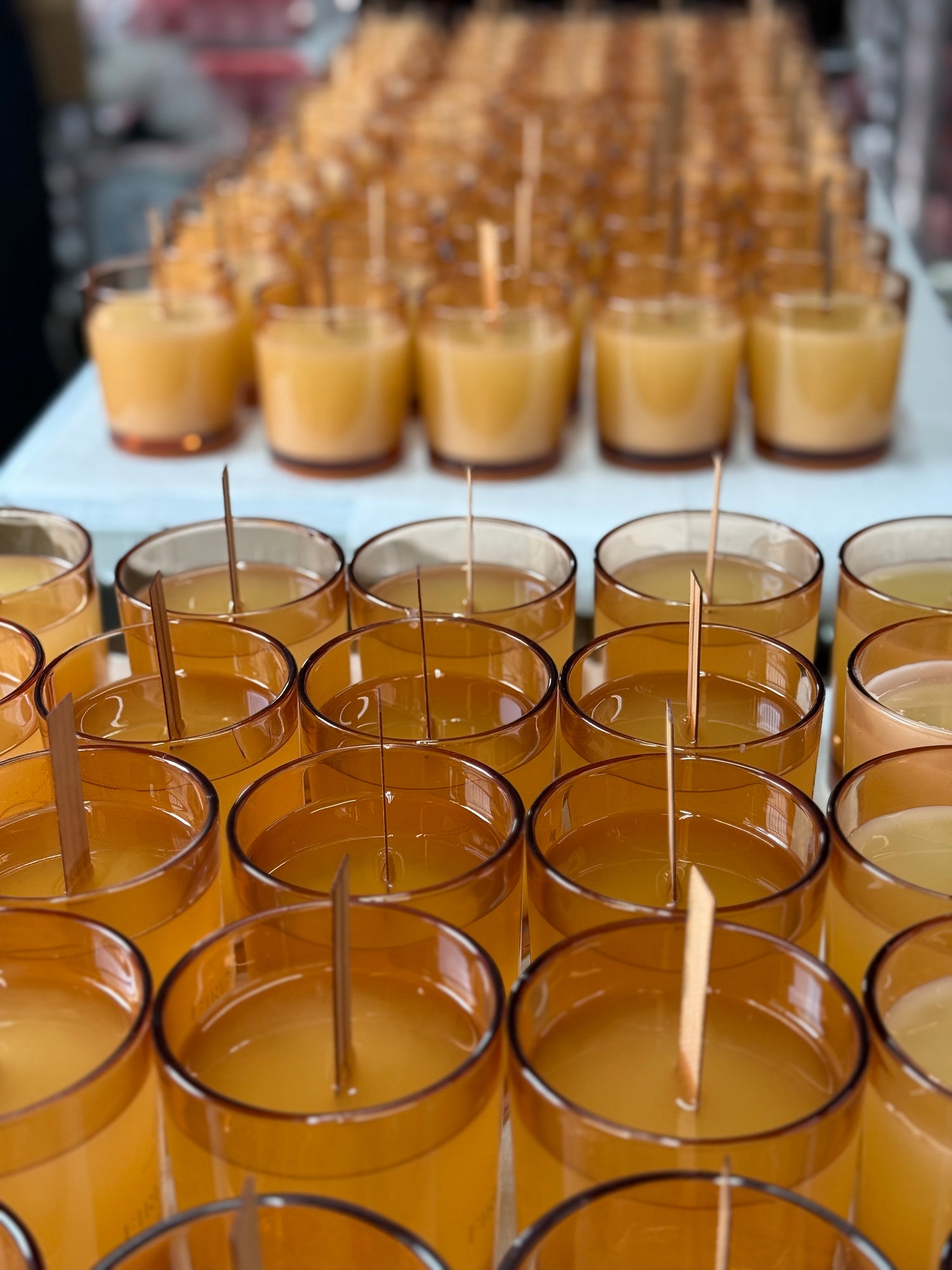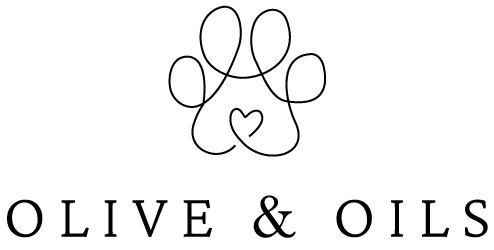Why Choose Olive & Oils?
Olive & Oils is a candle company rooted in clean ingredients, sustainability and pet safety. Our goal is to provide nontoxic, beautiful candles with exquisite scents for all to enjoy without worry!
-
We Use Coconut Wax
Coconut Wax is an all-natural renewable source that is biodegradable and free from harmful chemicals. It has a cleaner burn than any other wax, producing less soot along with a longer burn time and better scent throw. Coconut Wax is the ONLY wax that can be claimed as Vegan and is the most Eco-Friendly option available today.
-
We Use Wooden Wicks
Our crackling wooden wicks are Eco-Friendly, clean-burning wicks made from FSC Certified Wood. They have less soot production, longer burn time and a better scent throw than cotton wicks. Many cotton wicks are dipped in paraffin wax which is toxic due to its known carcinogens. Make sure if you still decide to burn a candle with a cotton wick, that it’s organic cotton and identifies as zinc, lead and paraffin free.
-
Our Scents
The scents we use are 100% free of parabens, phthalates, dyes and are cruelty free. We adhere to the strict RIFM and IFRA standards regarding fragrance safety. They are non toxic when used for their intended purposes in candle making. Our fragrance oils are free from carcinogens, toxins, and other hazardous chemicals commonly found in fragrance oils. Every single fragrance oil we offer is 100% phthalate-free and made without ingredients found on California’s Proposition 65 list.
-
100% Non-Toxic
We also go one step further by avoiding these 5 main hazard groups:
- Carcinogens: These are materials known or thought to
cause cancer.
- Mutagens: Materials that change the DNA of a cell,
harming the cell and causing diseases like cancer.
- Reproductive toxins:
Toxins that adversely affect reproductive organs and increase the risk of
birth defects.
- Organ toxins: These are toxins that can cause adverse
effects or disease within specific bodily organs.
- Acute toxins: Toxins that
can cause adverse effects from a single exposure. Generally, this would be accidental exposure like spillage or ingestion.




